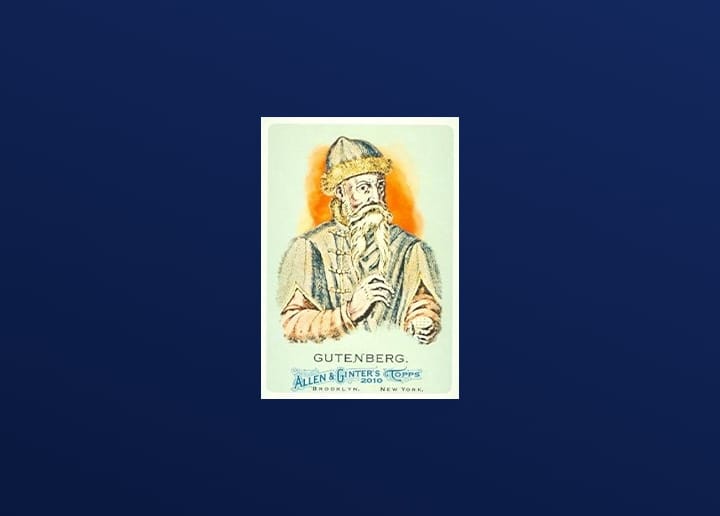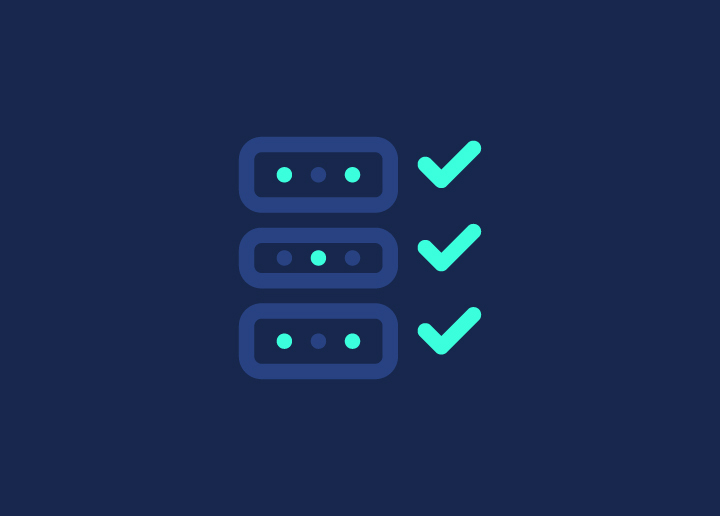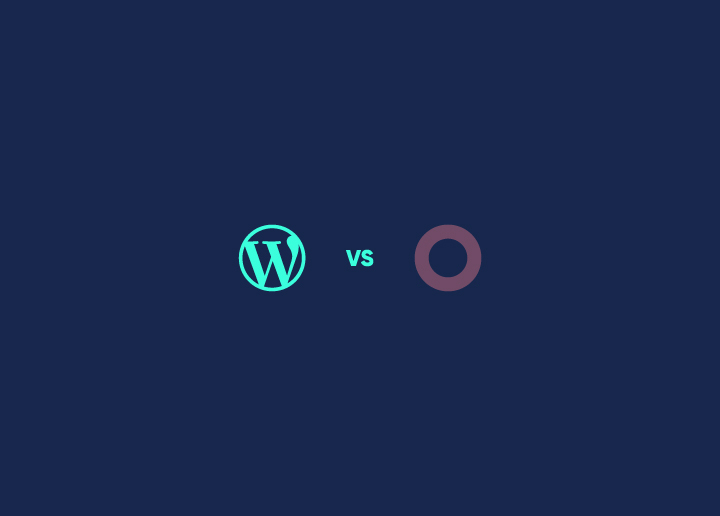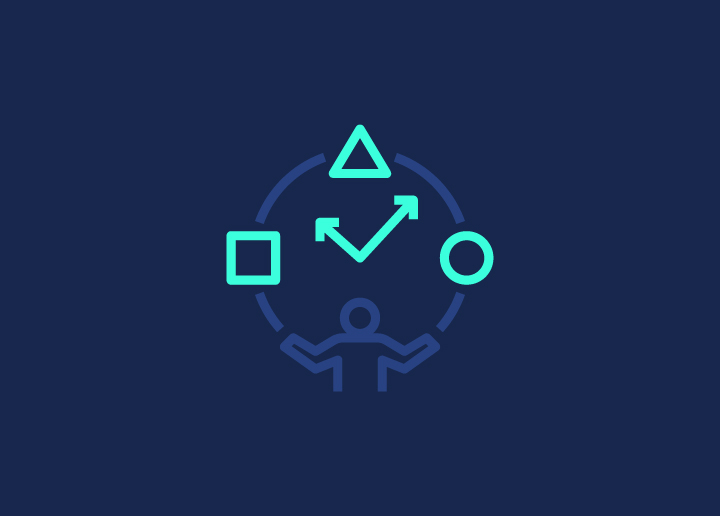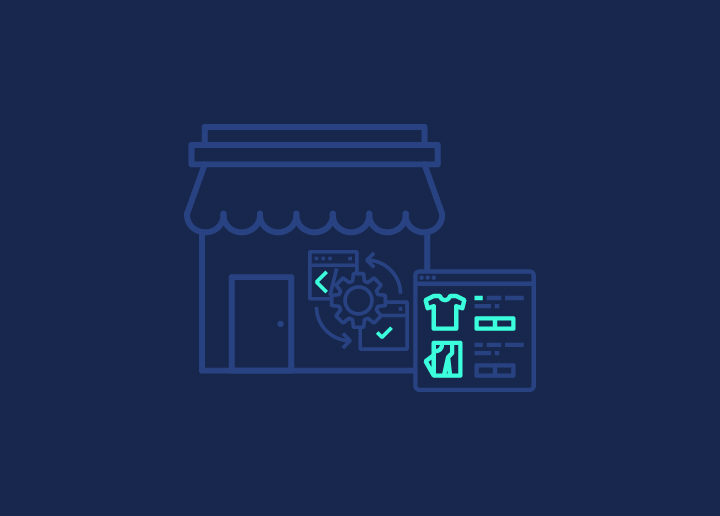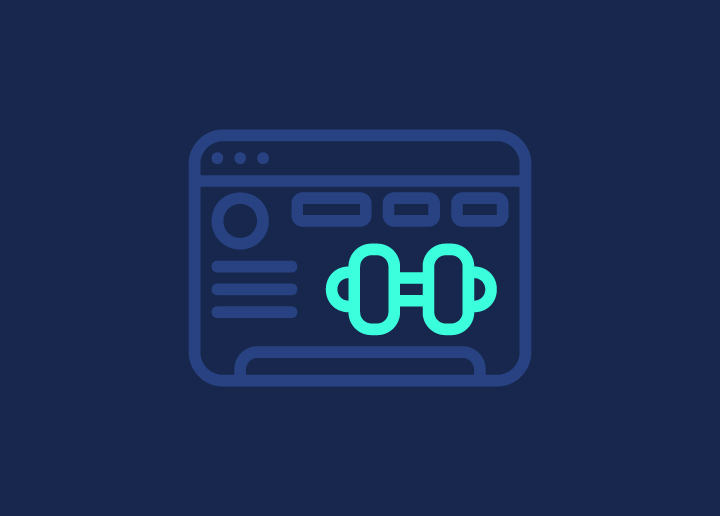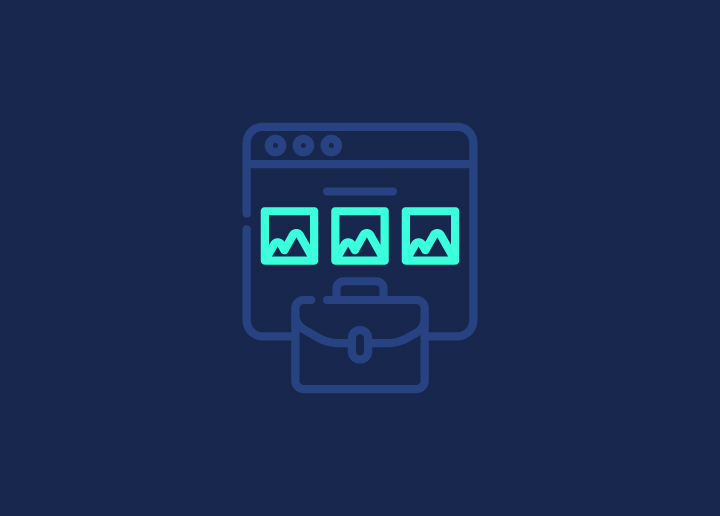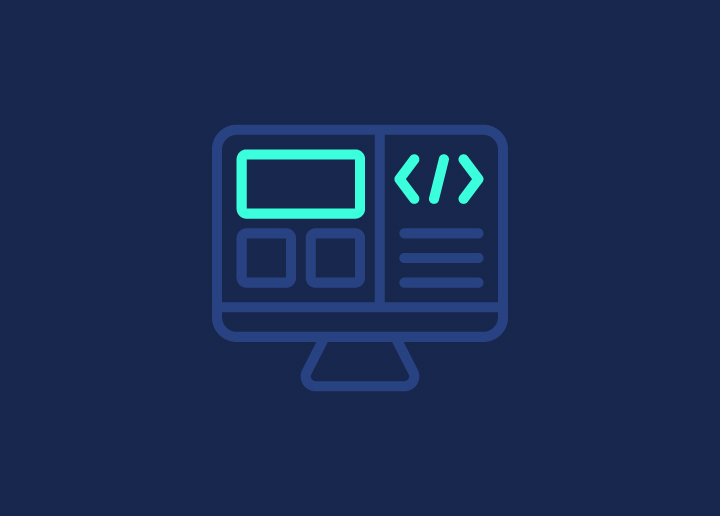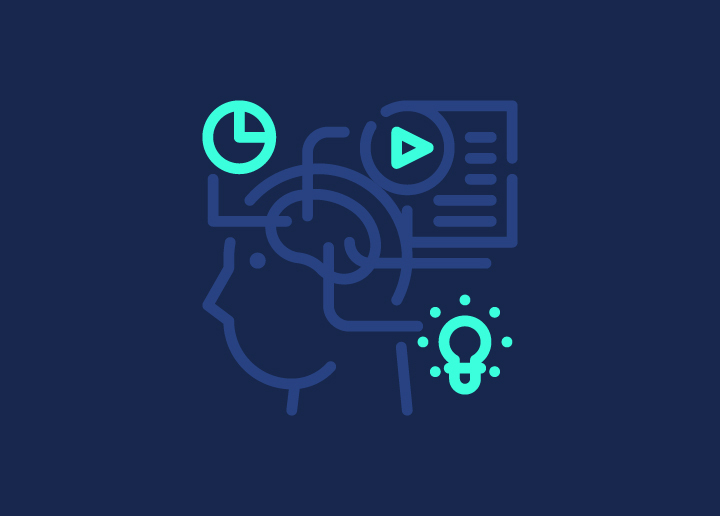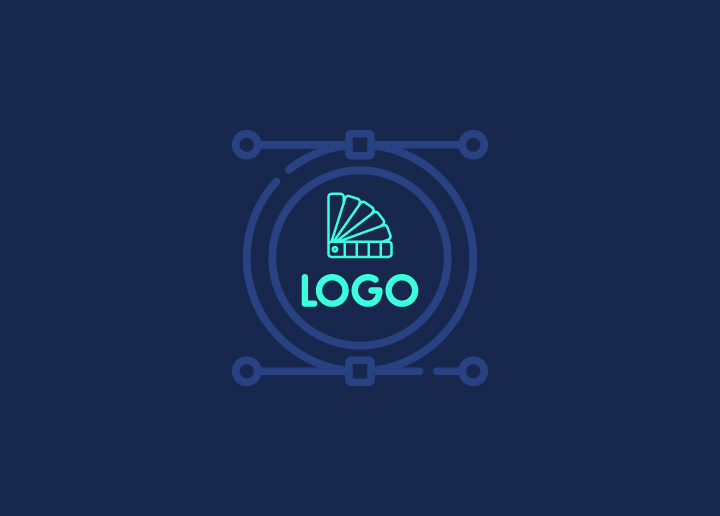The world of the internet is getting bigger day by day, and so is the need for digital experiences. The online carbon footprint is growing fast. A big reason for this is that traditional web design often overlooks the environment. Servers are constantly overloaded by heavy traffic, tons of video content, and complex design codes; it’s no wonder we’re wasting resources and burning through a lot of energy. This is why we need sustainable web design trends.
Times are changing, and web designers and developers are becoming more cautious about their design experiences. With voice search changing how people navigate the web and interactive “choose your own adventure” landing pages elevating user experience, the future of web design is all about creating personalized, immersive experiences—and this is just the beginning!
Wherever you are now in your web design journey, we’re here to guide and support you. So, let’s get started with the ten best sustainable web design trends for 2025.
Contents
ToggleUnderstanding The Need for Sustainable Web Design Trends
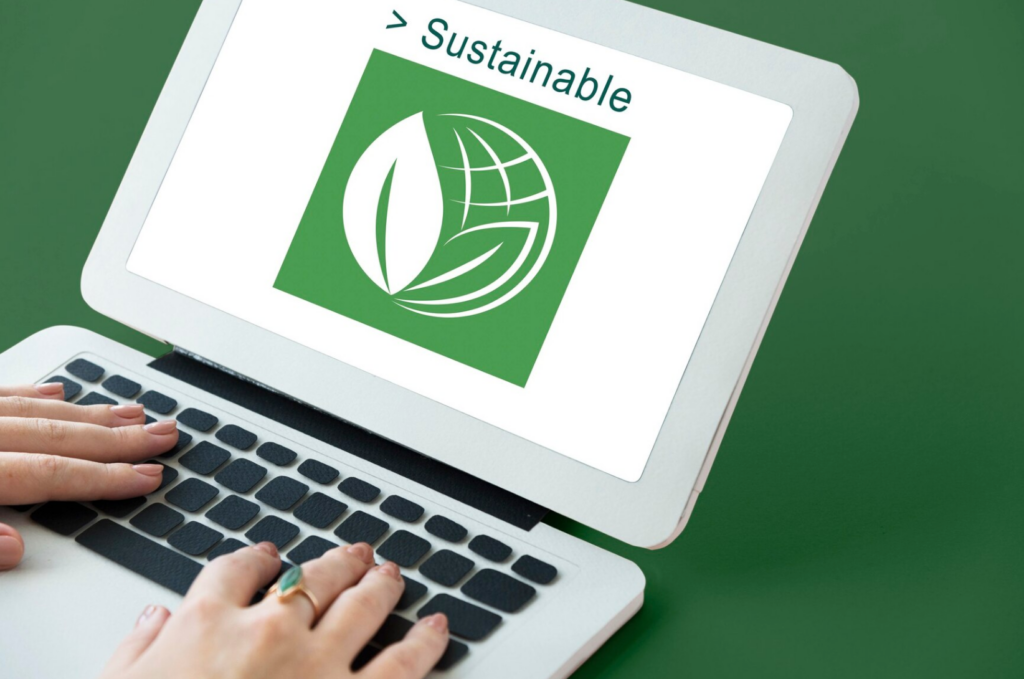
Did you know? The internet is responsible for around 3.7% of the world’s carbon emissions. Streaming video alone accounts for over 60% of global internet traffic and could contribute up to 300 million tonnes of CO2 each year.
In today’s value-driven online community, brands that invest in sustainable practices in 2024 could gain a real competitive edge in an increasingly crowded digital market. As content-hungry users drive demand for websites packed with exciting visuals and personalized experiences, it’s no surprise that these trends are also adding to the digital world’s carbon footprint.
However, the environment is not the only one that feels the impact. Web technologies are increasingly used for sowing discontent, eroding privacy, promoting unethical decisions, and, in some regions, undermining personal freedoms and societal well-being. Brands that prioritize sustainability have a unique opportunity to stand out while also making a positive difference.
Read and learn: How to Rebrand Your WordPress Website: 8 Simple Ways
Build a Greener Web Today For a Better Tomorrow
Start your sustainable web design journey with our web design services.
The Core Principles of Sustainable Web Design
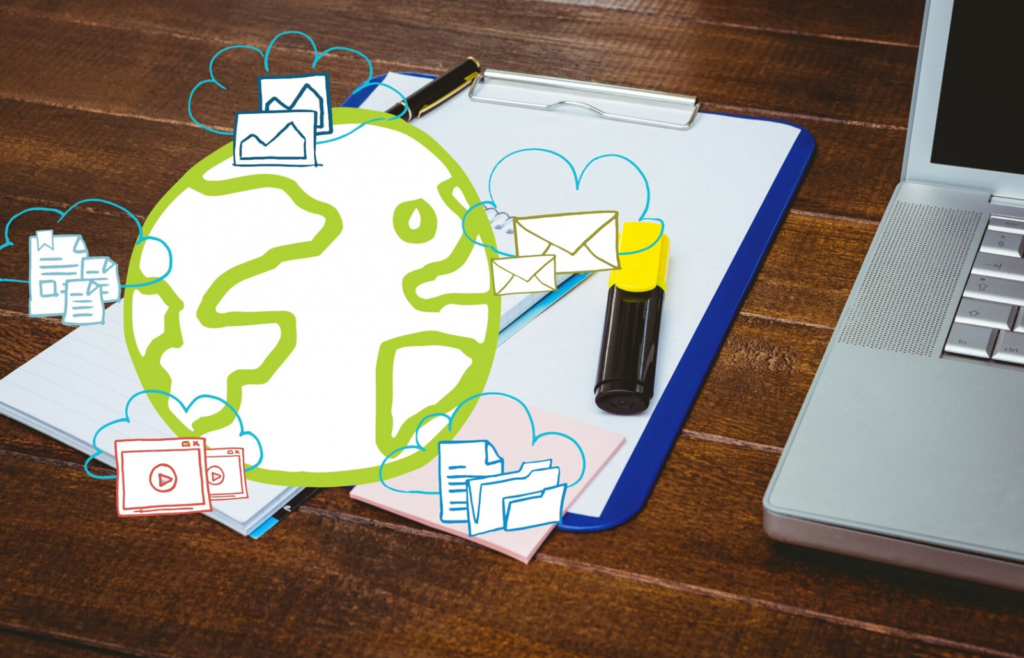
Today, sustainable web design isn’t just a trend—it’s a necessity. It’s about building websites that are efficient, user-friendly, and mindful of their impact on the environment. Let’s look at the core principles that make a web design truly sustainable:
Energy Efficiency: Cutting down on energy usage is key to sustainable web design. This means using technologies and techniques that reduce the power needed to run a site. Optimizing your code, choosing servers that use less energy, and implementing caching to reduce server load are great ways to make your website more energy-efficient. Small changes like these can have a big impact on your site’s overall carbon footprint.
Resource Optimization: Large files and data-heavy websites not only slow things down for users but also use more energy. By reducing file sizes, compressing images, and cleaning up your code, you can make your site faster and greener. Think of it like decluttering your home—it’s all about making things as efficient and streamlined as possible.
Know about: Best WordPress Core Web Vitals Optimization Services
User-Centric Design
Sustainability goes hand-in-hand with a great user experience. Websites that load quickly, are easy to navigate, and have content that’s easy to find not only keep users happy but also reduce the load on servers. When users can get what they need with fewer clicks and less wait time, you’re saving energy and offering a better experience all at once.
Accessibility and Inclusivity
A sustainable website should work for everyone, including people with disabilities. Making your website accessible doesn’t just expand your audience; it’s also a responsible design choice. By following accessibility guidelines, you’re making sure your site is inclusive while avoiding the need for resource-heavy alternatives.
Ethical Hosting
Where your site is hosted matters more than you think; choosing a hosting provider that uses renewable energy and follows sustainable data practices can drastically reduce your site’s environmental impact. More and more hosting companies are going green, so it’s easier than ever to make an eco-friendly choice for your website.
Check out: How to Get Unlimited Web Design Clients
10 Sustainable Web Design Trends for 2025
Ready to start 2025 with a bang in web design? Well, we have got some great predictions for sustainable web design trends for the coming year. Let’s have a look at them:
Playful & interactive websites
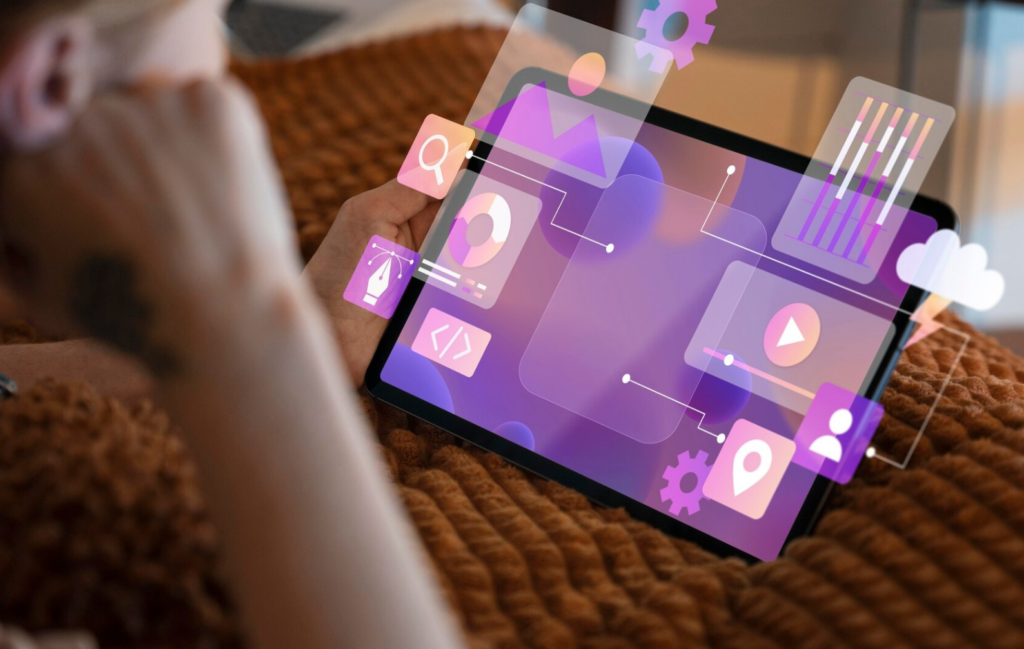
Get users engaged by tapping into a web design trend that invites them to actively participate. This user experience (UX)-driven approach is all about adding personality and personalization to your site, making it feel more like a conversation than a static page.
By 2025, immersive experiences are set to become the standard, not just a fun extra. Why? Because interactive, “choose your own adventure” websites are a fantastic way to captivate your audience and give them a sense of control, while also allowing your creativity to really shine.
Think about it—when users can navigate through a website in a way that feels tailored to them, they’re more likely to stick around, explore more, and remember the experience. It’s not just about throwing cool visuals or fancy effects at them. It’s about creating a journey that’s unique for each visitor, turning casual users into engaged participants.
This shift towards personalization is more than a trend; it’s the future of web design. It’s an opportunity to build deeper connections with your audience, offer something truly memorable, and stand out from the crowd.
Explore: Step Web Design Process To Create An Awesome Website
Darker Colour Palettes

One of the big trends taking off in web design right now is the shift towards darker, muted tones in color schemes.
Designers are increasingly opting for these low-carbon color palettes, not just because they look sleek but because they help save energy by reducing the brightness needed from screens. Darker colors like black, deep greens, and rich reds are becoming more popular because they’re easier on the eyes in low light settings and more energy-efficient in terms of pixel power.
This trend ties in with the growing popularity of “night mode” on mobile devices, which dims screens to match darker environments and reduce eye strain. It’s more than just a cool feature—after Google reported a 63% drop in display power usage when using darker screens, it’s clear that going dark is also the latest eco-friendly move in UX design.
So, beyond being visually striking, darker palettes are all about combining style with sustainability, making it the next big thing in green design practices. It’s a simple way to lower energy consumption while still delivering a modern, visually appealing experience.
Know about: Vital Elements of a Custom WordPress Design
The Growing Power of AI in Web Design
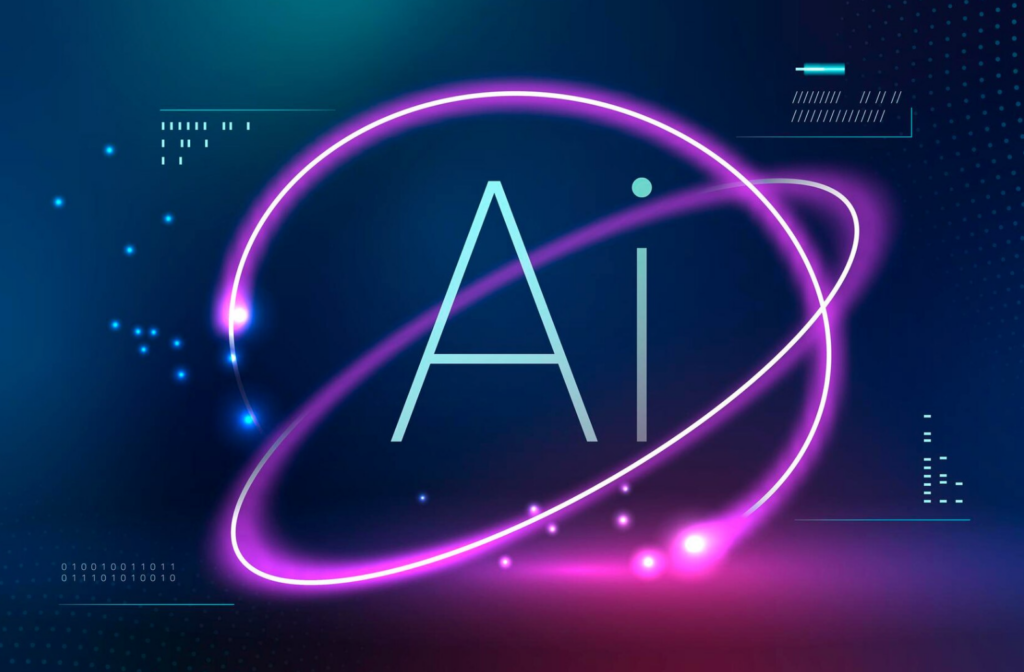
Artificial intelligence is revolutionizing web design, making it easier and more accessible than ever before. These AI-driven tools can now analyze your preferences, suggest eye-catching layouts, and even tweak designs instantly, turning what used to take hours—or even days—into something you can achieve in a few clicks.
Gone are the days when building a website meant diving into complex coding. With AI website builders like Elementor AI, Wix ADI, and Squarespace Assistant, you can create fully customized sites without worrying about the technical details. These platforms come with drag-and-drop interfaces, built-in marketing and eCommerce tools, and mobile optimization, so everything you need is right at your fingertips.
And the best part? If you’re unsure where to start, there are countless step-by-step YouTube tutorials and online guides that make it even easier to build a professional-looking website using these intelligent platforms. Web design has never been more user-friendly, thanks to AI’s ability to simplify the entire process while still delivering impressive results.
Read: How AI Revolutionizes WordPress Development
Streamlined Approach towards Coding and Scripting

In 2025, streamlined coding and scripting are set to become even bigger trends. When websites are bogged down by long, clunky code, it takes servers twice as long to load content, slows things down, and eats up more energy.
The solution? Keep your code clean and efficient. It might take some time, but streamlining your coding practices is a solid step toward a more sustainable web.
One way to kickstart this process is by running a green coding audit. This helps you pinpoint areas of waste and inefficiency in your code, making it easier to clean things up and clear out any unnecessary clutter. Think of it as a digital decluttering session for your website.
With growing concerns about climate change and the increasing energy demands of the tech industry, businesses are looking for ways to reduce their carbon footprint. Streamlining your code is a simple but powerful way to make your web presence more eco-friendly while keeping things fast and efficient for your users.
Learn More: How To Reduce The Impact Of Third-party Code?
Voice Search is Taking Over

“Alexa, is voice search a game-changer for website UX?” Do you agree? Well, we do!
Many big brands in the industry are already jumping on the voice search bandwagon, transforming online shopping by making product discovery faster and more convenient for customers. As people get used to talking instead of typing, this trend is only going to grow.
For web designers, this means it’s time to start thinking beyond traditional SEO. Optimizing your site for voice commands and conversational content is the next big move. It’s about meeting the needs of businesses that want to offer a more intuitive, interactive, and inclusive search experience.
So, if you haven’t started exploring voice search optimization yet, now’s the time! Not only can it boost your site’s visibility in search results, but it also ensures you’re keeping up with the way people are searching online today.
Further reading: Critical SEO Trends to Follow
Energy-Saving Image Optimization
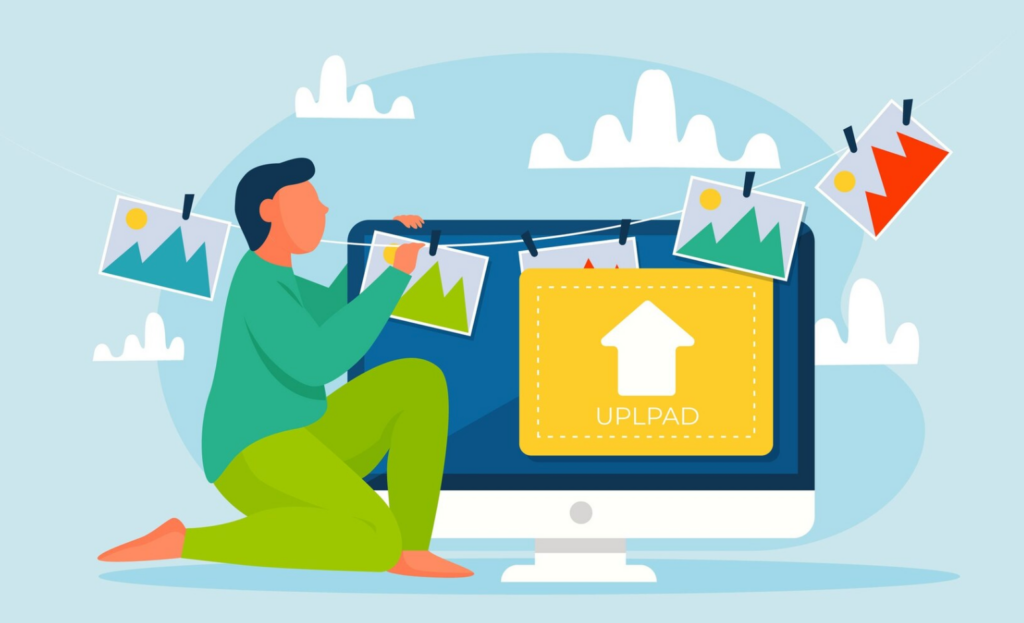
In 2025, we’re likely to see more brands swapping out high-resolution images for energy-efficient alternatives.
SVG-style illustrations might have a cool, “grainy” look, but they’re also great for saving energy. These images contain fewer pixels and have a smaller file size, making them perfect for a sustainable website. Along with this shift, traditional raster or photographic images are expected to be replaced with vector-style illustrations.
Not only do vectors typically have less code attached, but they also use less energy compared to high-res photos, which can slow down your site’s server. It’s a win-win: faster loading times and a greener web! So, don’t be surprised if you start seeing more of these halftone images popping up on your favorite sites—it’s all part of the trend toward energy-saving web design.
Less Reliance on Tools and Trending Formats
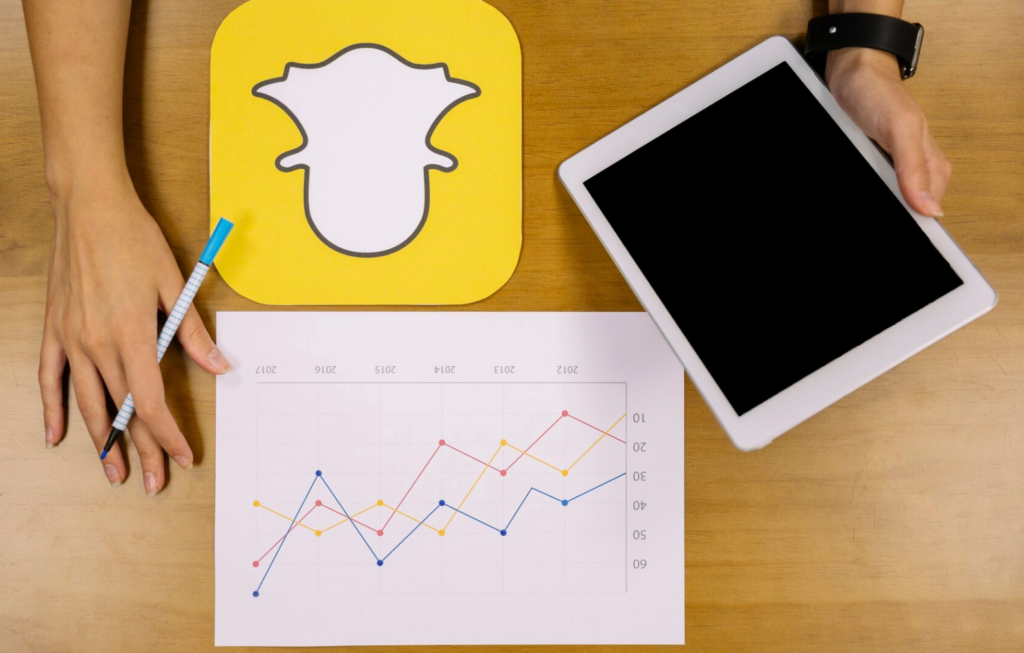
Advances in technology and design tools have made once-coveted formats—like motion graphics and 3D interfaces—easier to create than ever. You can now use 3D design software to craft interactive experiences right in the browser, which is fantastic for web designers, developers, and content creators who want to showcase rotating objects, virtual environments, or interactive product displays.
But here’s the thing—when something cool becomes easy, and everyone’s doing it, it risks becoming just another trend. The widespread use of 3D design could lead to cookie-cutter sites that all start to look the same. Just because it’s easy to use doesn’t mean it’s groundbreaking anymore.
The takeaway? Having the tools for better UX and design doesn’t mean we need to use them all the time. We predict that by 2025, we’ll see a shift toward more thoughtful, unique, and restrained use of motion graphics and 3D interfaces. It’s not about cramming every trendy element onto a site but about using these tools with the intention of creating something that truly stands out.
Learn: Best New AI Tools Web Design
Adopting Mobile-First Design
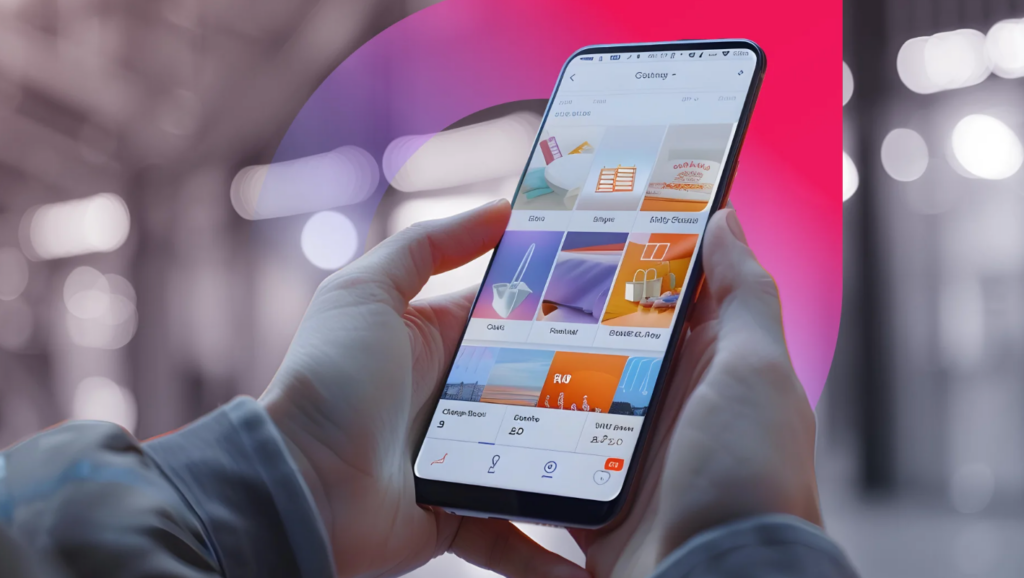
Could mobile design trends drive greener strategies in 2025? Absolutely. With the mobile-first design, users are less likely to load large chunks of content on a desktop, which not only speeds up browsing on smaller screens but also helps reduce design time, limits the size of assets, and even works well in energy-saving modes like’ night mode.’
By starting with small screens and scaling up, designers focus on what works best in limited space, making the design more efficient. The mobile-first design encourages us to prioritize the most important content and actions before expanding to larger screens.
And with over 64% of online searches now happening on mobile devices, it’s no surprise that UX designers are shifting their focus to smaller screens. Even better, as voice search grows in popularity, energy-saving becomes more efficient since individual content doesn’t need to be fully loaded to answer a query.
In short, mobile-first design isn’t just a smart user experience move—it’s also a step toward more sustainable, energy-efficient web design.
Read about: Responsive Design Beyond Mobile: Crafting Experiences for All Devices
Green Hosting

Did you know that storing your website files on a physical server uses up energy around the clock?
In 2025, we’re likely to see more web designers opting for green hosting. This means choosing hosting providers that rely on renewable energy and have data centers located closer to their core audience. By minimizing the distance data needs to travel, these green servers help reduce energy consumption, making them an eco-friendly choice.
Another growing trend is investing in Virtual Private Servers (VPS) for those using shared hosting plans. VPS servers are scalable, providing only the resources you actually need. Plus, they’re isolated from “noisy neighbors” that can drain resources on shared servers, offering a more efficient and affordable alternative to private hosting.
Switching to green hosting and VPS servers isn’t just good for the planet—it’s also a smart way to boost your site’s performance and efficiency without breaking the bank.
Learn: Which Is Better For Your WordPress Site – VPS or Managed WordPress Hosting?
Human Touch to Designs

While AI is set to dominate many design trends in 2025, there’s one trend that’s going in the opposite direction—celebrating the authentic imperfections that make us human. It’s driven by a desire to balance tech with human craft, adding a layer of authenticity that stands out in an increasingly digital world.
In response to AI’s overly polished and flawless appearance, more designers are leaning into organic, imperfect elements that feel personal and handmade. It’s a nod to the Japanese philosophy of wabi-sabi, which finds beauty in imperfection. This trend is all about bringing a sense of warmth, nature, and the human touch into designs, reminding us that not everything needs to be picture-perfect.
Learn More: How to Convert Your Design Prototype To WordPress In Steps?
Conclusion
Looking ahead to 2025, sustainable web design is no longer just a trend—it’s the way forward. By embracing energy-efficient practices like green hosting, streamlined coding, and adding a more personal touch, we can create websites that are both eco-friendly and user-focused.
These trends highlight the balance between technology and sustainability, showing that we can innovate while being mindful of our impact. As designers, the future is in our hands, and it’s time to build a greener, smarter web.

